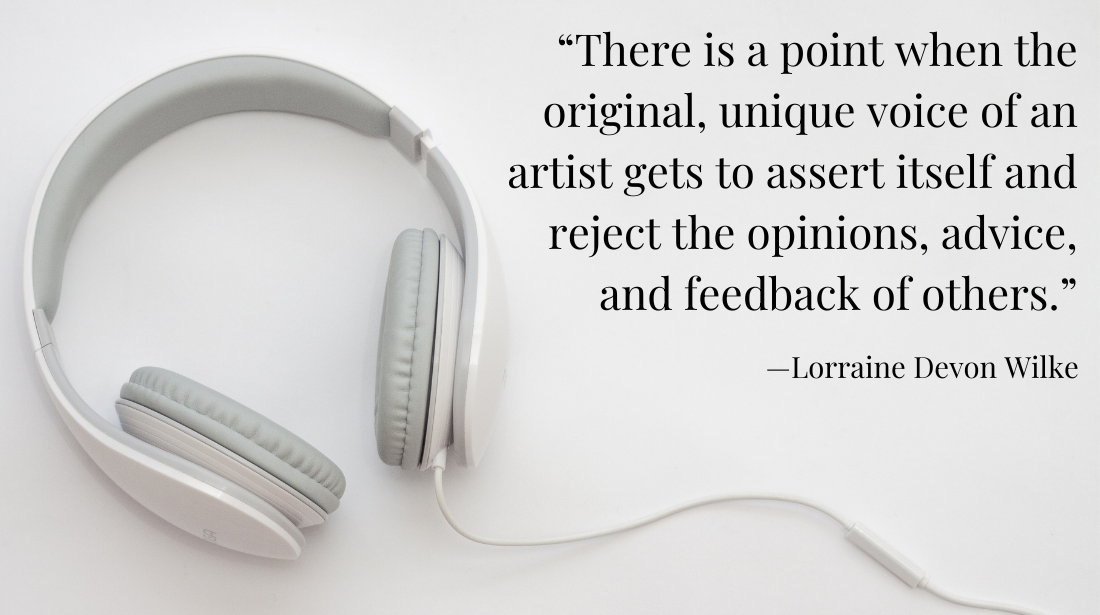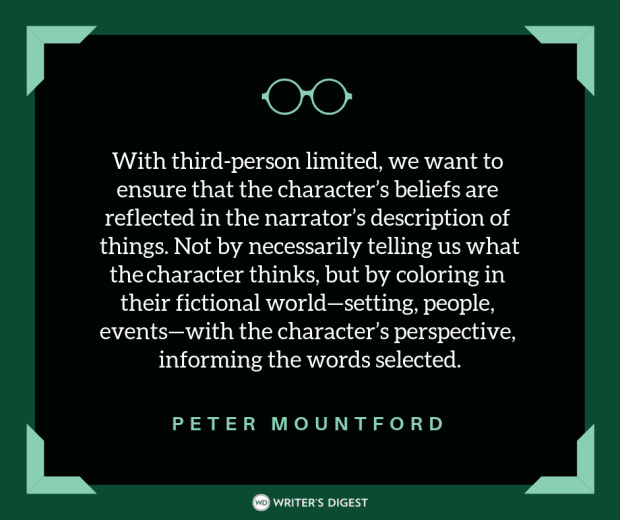5 Quick Tips for Writing in Multiple Perspectives
Adi Alsaid’s new novel, Let’s Get Lost (Harlequin Teen, 2014), is an excellent example of using multiple perspectives to effectively tell the story of one character’s road trip while also keeping the reader enticed and invested for the entire ride. Here, Alsaid offers five quick tips for authors who hope to do the same in their stories.
Writing a novel from one unique perspective can be challenging enough for many writers, but writing a character’s story through multiple perspectives will multiply the challenges, but also the rewards. Adi Alsaid’s new novel, Let’s Get Lost (Harlequin Teen, 2014), is an excellent example of using multiple perspectives to effectively tell the story of one character’s road trip while also keeping the reader enticed and invested for the entire ride.
Adi Alsaid was born and raised in Mexico City. He attended college at the University of Nevada, Las Vegas. While in class, he mostly read fiction and continuously failed to fill out crossword puzzles, so it's no surprise that after graduating he packed up his car and escaped to the California coastline to become a writer. He's now back in his hometown, where he writes, coaches high school and elementary basketball, and has perfected the art of making every dish he eats or cooks as spicy as possible. In addition to Mexico, he has lived in Tel Aviv, Las Vegas, and Monterey, Calif. A tingly feeling in his feet tells him that more places will eventually be added to the list. For more, visit SomewhereOverTheSun.com.
Here, Alsaid offers five quick tips for authors who hope to do the same in their stories.
5 Quick Tips for Writing in Multiple Perspectives
I’ve always been drawn to multiple perspectives, both as a reader and as a writer. And as a person! I like getting into people’s heads. That’s what I love about fiction, the ease with which we can slip into someone else’s thoughts. So when I write, I like telling a story from as many perspectives as the narrative will allow. With Let’s Get Lost, I thought it would be really interesting to tell a road-trip tale through the eyes of characters who are stationary, who are going through their own issues, their own lives, when a mysterious girl comes crashing in. Here are my tips for writing in multiple perspectives.
IndieBound | Bookshop | Amazon
[WD uses affiliate links.]
- Differentiate the voices. The easiest way to fail at multiple perspectives is to not actually have any. Don’t give characters the same sense of humor, the same vocabulary, the same sense of right and wrong. When in doubt, read the different perspectives aloud.
- Start small. Instead of trying to encompass an entire character’s persona, zoom in on a detail. A simple desire, one thought, a bite of pasta, even. It’s a lot less intimidating to start with a bite of pasta than with an entire backstory in mind. The rest will build from there, and will probably feel more authentic for it.
- Explore. If you’re writing from different perspectives, at least one of them is probably wholly different from your own. That’s not a challenge, it’s a chance to explore what it means to be someone else. A parking lot, for example, looks different to a woman walking alone in her twenties than to a woman trying to keep two toddlers from running out into traffic before she reaches the target. What would it be like to be a teenager living in a war-torn region? You probably don’t know for sure, but you have a chance to find out if you start with a small detail and then explore from there.
- Keep it personal. Just because the characters are not like you doesn’t mean they can’t have pieces of you in them. In some way, they should care about what you care about. Or maybe they have the exact opposite beliefs, or they have courage that you don’t. Whatever it is, consider the personal connection the character has with you as you move forward. If you don’t connect with the characters on a personal level, your readers probably won’t either.
- Connection. This one may not be for everybody. What I love most about books—reading or writing them—is the chance to connect to others, the idea that people have similar thoughts and experiences, even though they may not know it. Do this in your stories too. Make connections, subtle or otherwise. Make them pass by each other a minute or two apart. Have someone in common in their backstory without them being aware of it. It’s the beauty of multiple perspectives, you can explore human connection in ways that we may miss in real life.








